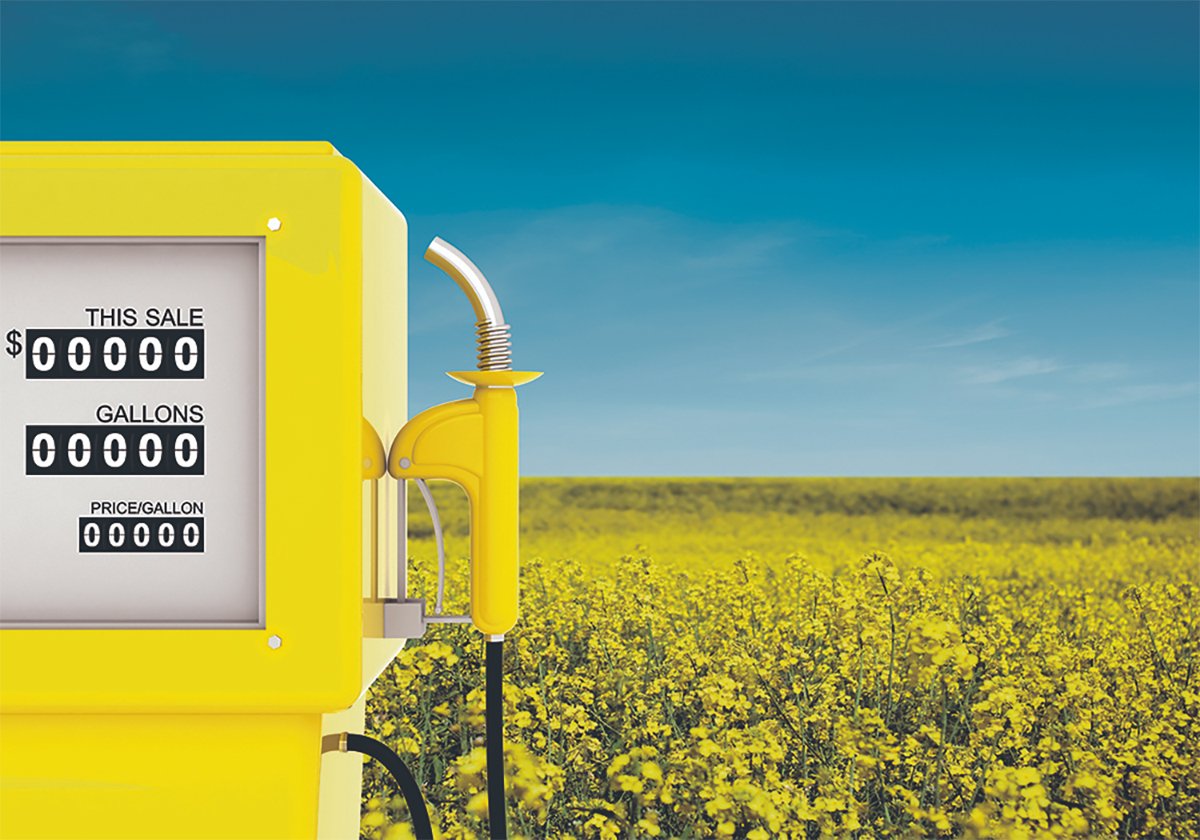The weakness of the American dollar and the strength of currencies in resource-rich countries are affecting agricultural markets.
The big news here late last week was the
loonie posting a 30-year high, just shy of 92 cents US.
Since the beginning of the year, the Canadian currency has gained seven percent against the American dollar. That erodes the farmgate price of farm commodities priced in American currency.
Similar economic forces are at work in
Brazil where the real has gained nine percent since the start of the year and recently broke through the 50 cents US barrier for the first time in years.
Read Also

Biofuel sector happy with federal budget
Advanced Biofuels Canada says new Biofuel Production Incentive is a lifeline until CFR amendments are in place.
For the past 18 months, Canadian farmers have contended with a volatile currency that traded within a range of about six cents since the start of 2006. The real, meanwhile, has appreciated more steadily, climbing almost 20 percent since the start of 2006.
This appreciation, combined with two years of production problems and high debt loads, caused Brazilian soybean farmers last fall to cut their seeded acreage by six percent.
But markets and weather shifted to favour Brazil. Yields are expected to be well above the five year average and production is expected to be about 58.2 million tonnes, up 16.6 percent from the year before. Meanwhile, soybean prices rallied more than 25 percent, so Brazilian growers are expected to have better finances when they begin to seed their next crop this fall. Expectations are that with a small American soy area this year and increasing amounts of vegetable oil going into biodiesel, the large stocks of soybean should decline, supporting soybean prices.
This would likely cause Brazilian growers to increase seeded area.
But the agricultural attaché at the U.S. embassy in Brazil forecasts only a four percent increase, noting that the rising real and increased input and transportation costs limit the attractiveness of the crop.
Futures traders have also noted the appreciation of the real and its potential to limit Brazilian production in 2007-08, so this is already influencing current soybean prices.
That will also affect the price of Canadian canola and other oilseeds, although the impact will be offset if the Canadian dollar appreciates further.
The future direction of exchange rates will depend a lot on the health of the American economy and interest rates.
If the U.S. Federal Reserve decides to lower interest rates to stimulate the economy, then the American dollar will likely weaken further as global capital moves to countries with higher interest rate regimes, supporting currencies like Brazil’s real.
The effect on the Canadian dollar will increase if the Bank of Canada decides that inflation in the hot resource-fueled economy here must be cooled with an interest rate increase.
Neither of these interest rate moves is a sure thing, but currency analysts rate them as a possibility.














